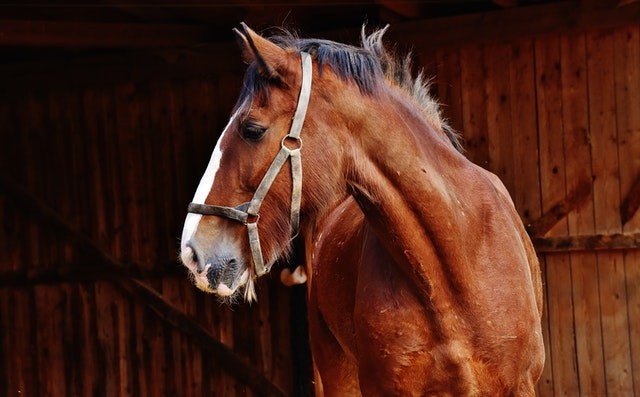A recently published study showed that the occurrence of methicillin-resistant Staphylococcus aureus or MRSA is posing an essential threat to both human and animal health.
In the Scientific Reports journal research, the researchers investigated whether the resistance and virulence genes in S. aureus are homogenously delivered or constrained by various animal hosts.
The researchers performed whole-genome sequencing of over 114 S. aureus isolates from 10 animal species sampled from four New England states between 2017 and 2019.
Analysis of the study offer insights for considering microbial gene sharing when developing methods to fight the occurrence of high-risk clones in animals.
ALSO READ: Catnip Put Cats in a Euphoric State And Also Ward Off Mosquitoes

Researchers discovered that a notably higher proportion of specimens from affected horses were positive for staphylococcus aureus, ‘both from the pastern and nose.’
S. Aureus
In related research, published in the International Journal of Infectious Diseases, 36 MDRSA isolates from clinically healthy pets, and livestock from the east coast areas of Malaysia were characterized.
Essentially, the antibiogram of S. aureus versus antibiotics from 10 different antimicrobial books was identified. All S. aureus isolates have shown to be resistant towards over three antimicrobial groups and were considered MDRSA.
In addition, molecular detections of 16 virulence genes linked to human immune evasion, adhesins, toxin-encoding genes, and biofilm-formation were done using PCR.
Staphylococcus aureus in Horses
According to a Horsetalk report, a research team reporting in the BMC Veterinary Research journal discovered that a notably higher proportion of specimens from affected horses were positive for staphylococcus aureus, "both from the pastern and nose."
The researchers noted that in horses with the condition, 59 percent of pastern samples were positive compared to 6.3 percent in the healthy animals. The nasal swabs were positive in 59 percent of the affected horses, compared with 8.4 percent of the healthy animals.
Molecular-based testing showed further understanding. Specifically, the isolates belonged to 20 different sequence types, with three lineages being prevalent.
Genes Linked to Bacterial Virulence
The high rates of isolation of S. aureus from both noses and pasterns in affected horses, partnered with the fact that the respective isolates were often genetically closely associated, may specify that it had spread from one area to the other.
The methicillin-resistant samples' frequency was comparatively low and did not differ substantially between affected and control horses, neither in the nose nor the pasterns. 125 genes in all linked to bacterial virulence were identified in the genomes of the S. aureus variants.
The researchers reported that antibacterial resistance genes were merely equally frequent in pastern, as well as in nasal samples, while some virulence factors such as "beta-hemolysin, ESAT-6 secretion system, and some enterotoxins" were more abundant in isolates from pastern specimens, potentially enhancing their pathogenic potential.
Commenting on their study, the study authors said the markedly higher prevalence of S. aureus that contains specific virulence in affected skin suggests their "contribution in the development and course of equine pastern dermatitis."
The study investigators also explained their findings underscored the potential essentiality of S. aureus in the development and progression of the particular condition.
Related information about staphylococcus aureus is shown on Paul Cochrane's YouTube video below:
RELATED ARTICLE: House Cats Cannot Roar Like Lions and Tigers, But Why? Study Reveals the Reason for Such Incapability
Check out more news and information on Animals in Science Times.










!['Cosmic Glitch' in Einstein's Theory of General Relativity Could Be Explained in This New Scientific Tweak [Study]](https://1721181113.rsc.cdn77.org/data/thumbs/full/53435/258/146/50/40/cosmic-glitch-in-einsteins-theory-of-general-relativity-could-be-explained-in-this-new-scientific-tweak-study.jpeg)



